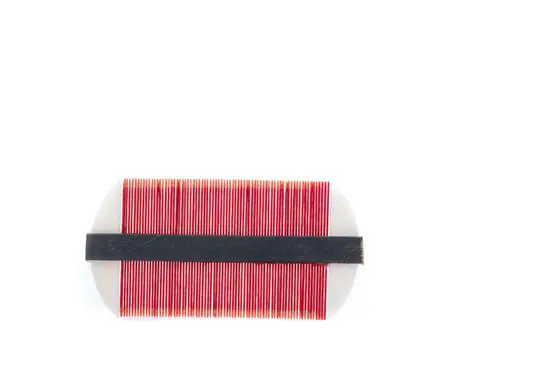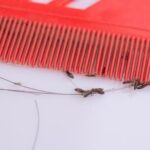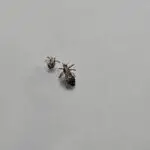How Far Can Head Lice Jump?
While most people think that head lice can jump, it’s not true. These pests are capable of only crawling at a very rapid speed of 23 cm per second under natural conditions. There is also some controversy over whether or not fomites are responsible for spreading head lice. However, two recent studies conducted in Australia suggest that carpets in classrooms and pillowcases pose no risk of spreading the disease. Furthermore, family pets are not a common vector for head lice.
Because head lice can’t jump or fly, they are spread by close head-to-head contact. Another way that lice spread is through the sharing of personal items, such as combs and brushes. While household pets don’t transmit head lice, they can be spread from head to head by the same clothing. If a child has head lice, it’s important to immediately notify their parents and seek medical attention if the condition is serious. However, the infection may not be life-threatening and should not be ignored.
Adult lice are grayish-white and tan in color. They hatch from nits that are laid near the scalp. They live for three to four weeks and feed on human blood several times daily. Once their life cycle is complete, the louse will lay eggs on the head. This cycle can repeat itself every three weeks if left untreated. Head lice are most common among elementary school and preschool-aged children. However, head lice can infest anyone, including adults.








